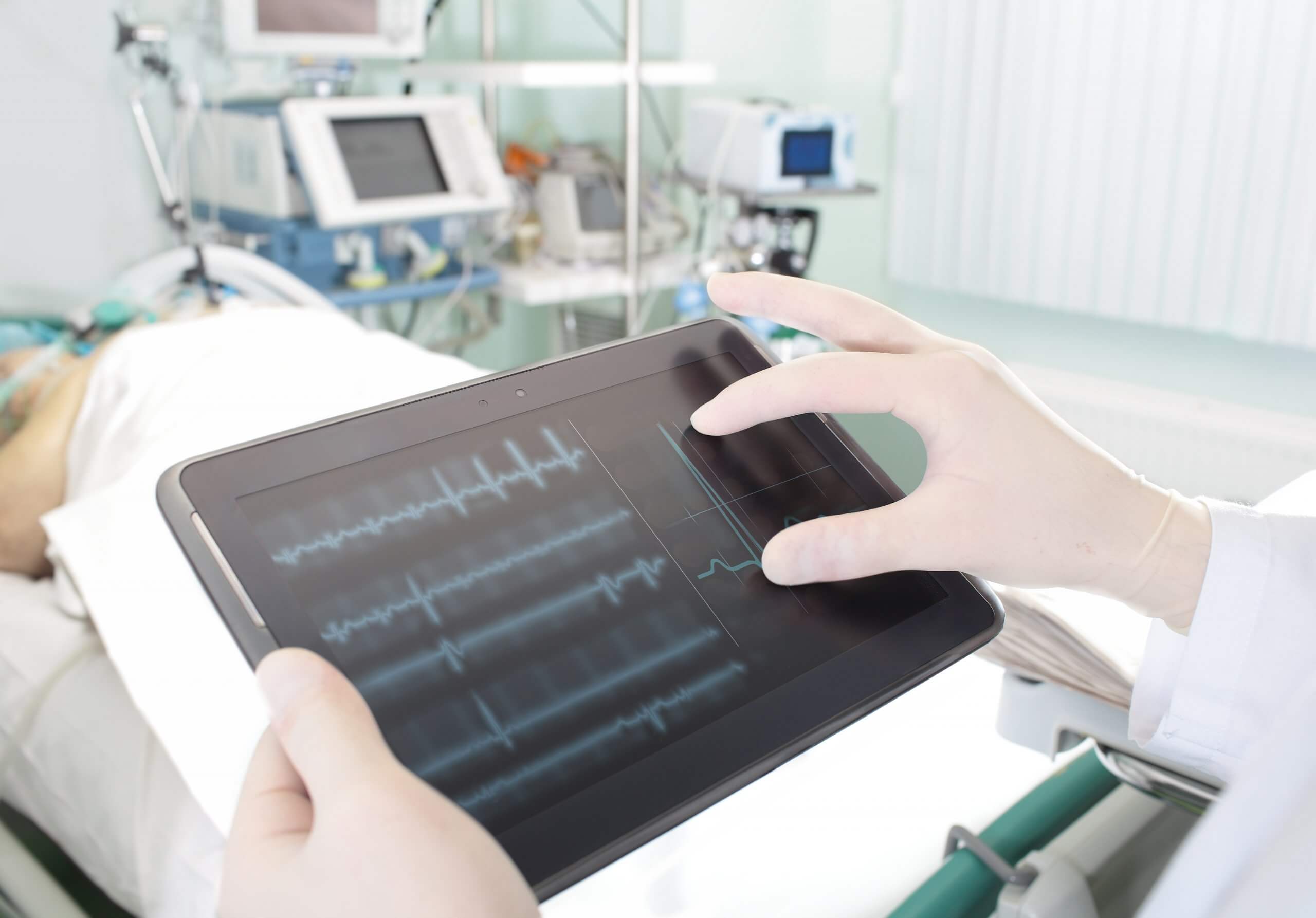In summary, there are many synergies between the MDR and IVDR. Therefore, working under the scope of the IVDR does not mean a complete rethink of the MDR. The substantiation of the essential safety and performance requirements continues to be the principle of the conformity assessment procedure.
As a software service provider in the medical technology sector, we are looking forward to the synergies, especially the concretisation of the requirements for the software.
BAYOOCARE and BAYOOMED work with a wide range of customers in medical technology with the aim of developing compliant solutions for various applications. It is therefore essential that we, as software service providers, know, take into account and live the requirements of the MDR.




